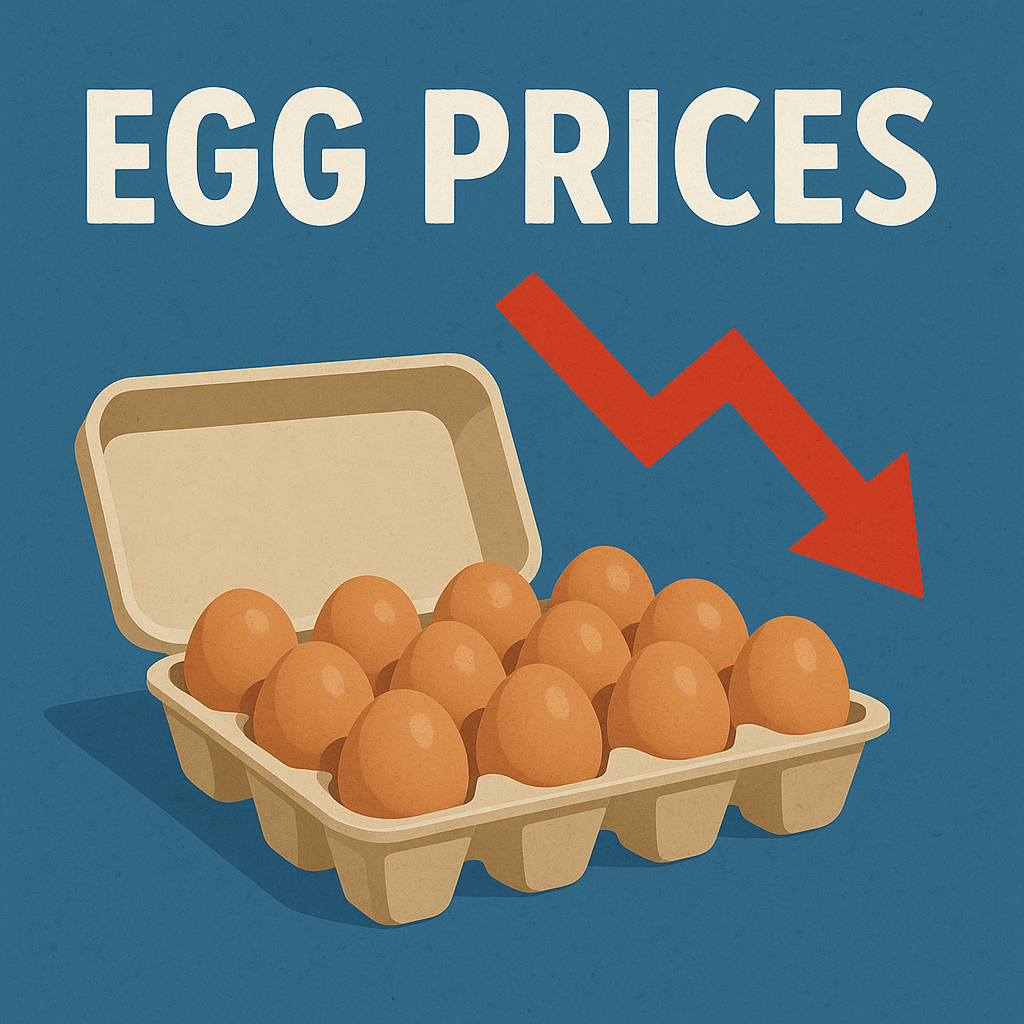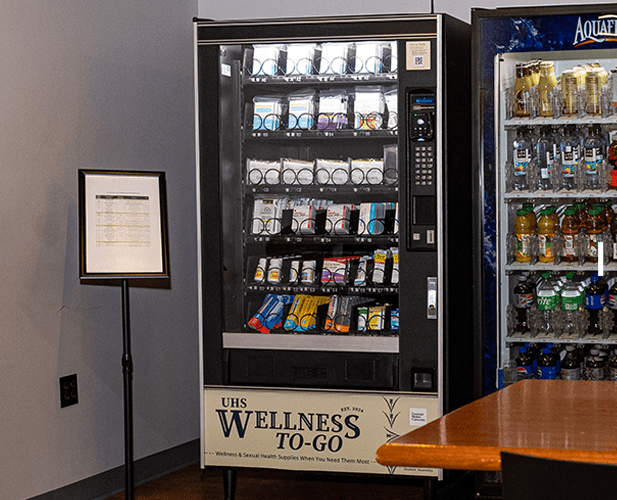Egg prices in the United States have skyrocketed, reaching an average of $6.23 per dozen in March 2025, an 84% increase from early 2024. Driven by a devastating avian flu outbreak, rising production costs, and supply chain pressures, this surge has strained household budgets, restaurants, and food industries. While recent price drops offer some relief, eggs remain significantly costlier than last year. This article examines the causes, economic implications, and future outlook for America’s egg market.
The Avian Flu Crisis: A Supply Shock
The primary driver of soaring egg prices is a highly pathogenic avian influenza (HPAI) outbreak that has decimated U.S. poultry flocks. Since 2022, the virus has led to the loss of 168 million birds, including 127 million egg-laying hens—roughly 11% of the nation’s laying flock here each year. When a single case is detected, entire flocks are culled to prevent further spread, severely disrupting egg production.
Restocking flocks is a slow process, as it takes approximately six months to raise new hens to egg-laying age. The USDA reported that 23 million birds were lost in January 2025 alone, but losses dropped to 2.1 million by March, signaling a potential recovery. This reduction has contributed to a recent decline in wholesale egg prices, from $3.62 per dozen in February to $3.00 in April.
Key Stat: Egg prices peaked at $8.17 per dozen in February 2025, the highest in decades, before falling to $5.12 in April, a 12.7% monthly decline.
Rising Production Costs Amplify the Problem
Beyond supply shortages, egg producers face escalating costs. Feed prices, driven by global grain market disruptions, have risen steadily, while fuel and transportation costs have increased due to inflation. These factors have pushed production expenses higher, forcing farmers to pass costs onto consumers. The USDA notes that egg production costs in 2025 are 30% above 2023 levels, compounding the impact of reduced supply.
Some industry observers have raised concerns about price gouging. The Justice Department is investigating major egg producers, including Cal-Maine Foods, for potential anti-competitive practices. While no conclusive findings have been released, such scrutiny highlights the tension between market dynamics and consumer affordability.
Economic and Consumer Impacts
High egg prices have rippled across the economy. For consumers, eggs—once a budget-friendly protein—are now 79% more expensive than in 2024, with the USDA projecting a further 41% increase for 2025. This has forced households to adjust, with some reducing egg consumption or seeking alternatives like plant-based substitutes. Grocery stores, including Kroger and Costco, lifted purchase limits in April as supplies stabilized, but shoppers remain cautious.
Restaurants and bakeries are also feeling the pinch. Some chains have added egg surcharges or removed egg-heavy dishes from menus. The food service industry, already grappling with labor and supply chain challenges, faces additional pressure as Easter demand looms, a period traditionally associated with high egg consumption for baking and holiday meals.
- Retail Impact: Egg prices have outpaced overall food inflation, which rose 5.8% in 2024.
- Consumer Behavior: Surveys indicate 40% of shoppers are buying fewer eggs or switching to bulk purchases to save.
Signs of Relief and Ongoing Challenges
Recent developments offer cautious optimism. Retail egg prices fell to $5.12 per dozen in April 2025, reflecting fewer avian flu cases and increased production. Imports from countries like Turkey and Mexico have helped bridge the supply gap, and some retailers are offering promotions to attract customers. However, challenges persist:
- Seasonal Demand: Easter and spring baking seasons may drive prices higher in coming weeks.
- Long-Term Recovery: Rebuilding flocks to pre-outbreak levels could take until mid-2026.
- Economic Pressures: Inflation and global supply chain issues continue to elevate costs.
Experts suggest that sustained declines in avian flu cases and increased imports could stabilize prices by late 2025, but consumers should brace for elevated costs in the near term.
What’s Next for Egg Prices?
The outlook for egg prices hinges on several factors. Continued progress in controlling avian flu is critical, as is the industry’s ability to scale up production without incurring prohibitive costs. Policymakers may also play a role, with potential measures like trade agreements to boost egg imports or subsidies to support farmers. For now, consumers are adapting by exploring cost-saving strategies, from buying in bulk to experimenting with egg-free recipes.
The egg price crisis underscores broader vulnerabilities in the U.S. food supply chain, raising questions about resilience in the face of disease outbreaks and economic pressures. As the situation evolves, stakeholders across the supply chain—from farmers to shoppers—will need to navigate these challenges together.
How are egg prices affecting your household or business? Share your thoughts in the comments below and stay informed with the latest updates.





